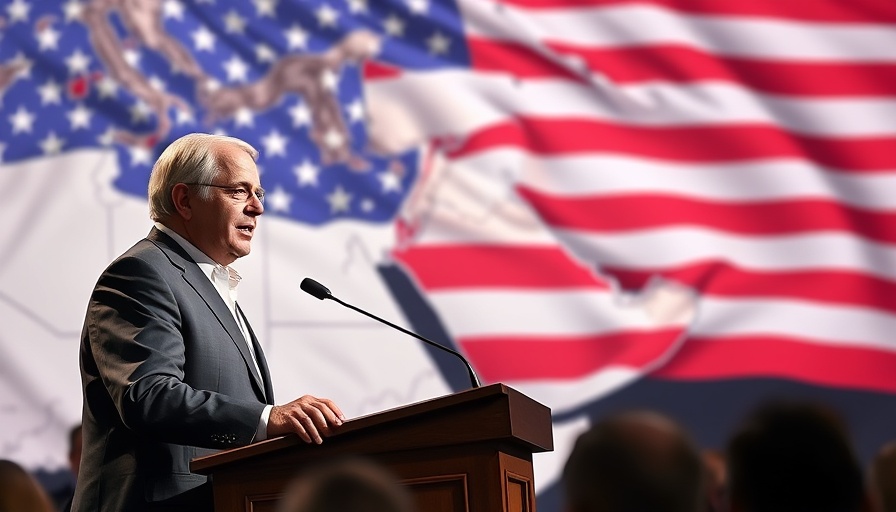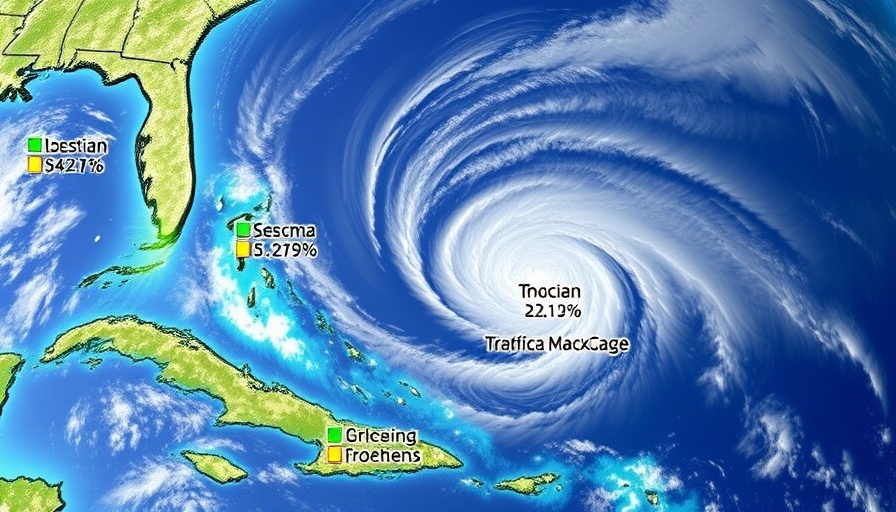
Trump's Bold Move: Renaming the Persian Gulf
In a surprising twist of geopolitics, President Donald Trump is reportedly set to announce that the United States will officially adopt new names for significant bodies of water that have long-held geographical titles. Following his earlier decision to rename the Gulf of Mexico as the Gulf of America, Trump is now aiming to rebrand the Persian Gulf, potentially as the Arabian Gulf or Gulf of Arabia. This announcement is expected during his upcoming trip to Saudi Arabia, reinforcing his intent to reshape not just geography but diplomatic narratives as well.
Historical Context of the Name Change
The Persian Gulf, named in the 16th century, has been a site of contention regarding its nomenclature. While Iran and affiliated states strongly advocate for its traditional name, many Gulf nations prefer the title Arabian Gulf. This controversy highlights not only the political tensions in the region but also the sensitivity surrounding national identity and cultural heritage, as each name carries a significant historical significance.
Implications of the Name Change
By adopting these new names, Trump is positioning the United States closer to its Gulf allies, particularly as he seeks their support on critical issues such as limiting Iran's nuclear capabilities and mediating conflicts like the ongoing Israel-Hamas situation. Additionally, this strategic realignment aims to encourage investments from these nations back into the U.S. economy, thus intertwining geographical rebranding with tangible economic benefits.
A Response to Past Tensions
As the Gulf nations adjust to redefined American stances, reactions are heavily influenced by past grievances; for instance, Iran had previously threatened legal action against Google for its depiction of the Persian Gulf on maps. Trump's endorsement of the name change could ignite further diplomatic disputes or galvanize support from allies who feel represented in this transition.
The Broader Context: Trump’s Rebranding Agenda
Trump's overall strategy appears to resonate with his branding philosophy, extending beyond just geographical names to a wider narrative of American leadership and influence. This latest initiative may serve as a continuation of his first-term policies while emphasizing a strong relationship with Middle Eastern nations that can materially boost the U.S. economy.
What This Means for the Future
As the announcement draws closer, many are questioning the long-term effects of such geographical name changes. Will the American public accept these new names? Can this move really shift the dynamics with Middle Eastern countries? Only the future will tell if this rebranding will serve as a bridge towards stronger diplomatic ties or simply be a point of contention in ongoing geopolitical debates.
In conclusion, Trump's push to rename the Persian Gulf is emblematic of both his administration's foreign policy and his broader rebranding efforts. Understanding these changes is crucial for keeping abreast of evolving international relations and their impact on global power structures.
 Add Row
Add Row  Add
Add 




Write A Comment